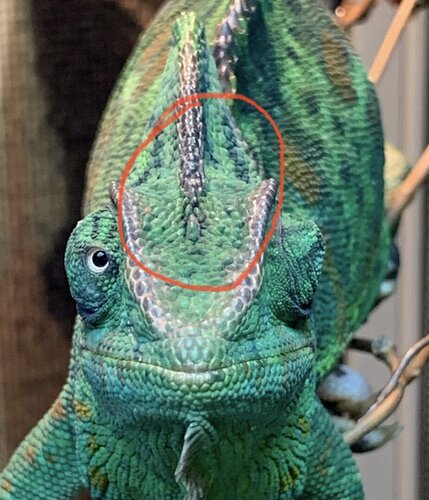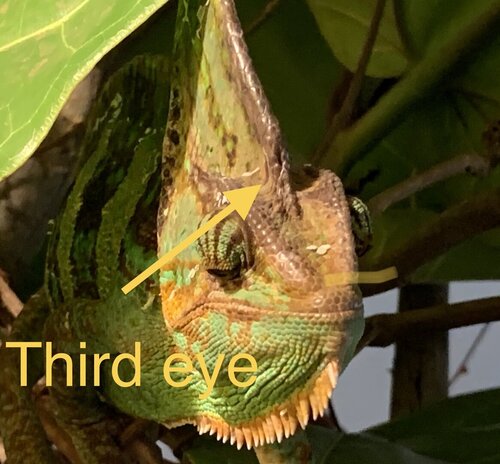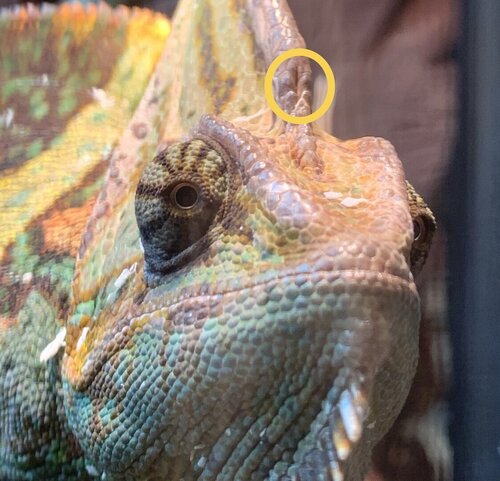Before getting into this I just want to say two things...
1. I don't and have never used a red heat bulb with my chameleon.
2. I'm just trying to learn.
It's not hard to memorize the best practices for chameleon husbandry. What is more challenging is understanding WHY we do the things we do or don't do.
I hear time and time again that we shouldn't use red lights with chameleons. Seems like this is the standard norm in chameleon husbandry. I was just curious why that is? What is it about the red lights that is harmful to chameleons? I know the usual answer is "Because their eyes are more sensitive". How do we know this? What actual harm is being done?
1. I don't and have never used a red heat bulb with my chameleon.
2. I'm just trying to learn.
It's not hard to memorize the best practices for chameleon husbandry. What is more challenging is understanding WHY we do the things we do or don't do.
I hear time and time again that we shouldn't use red lights with chameleons. Seems like this is the standard norm in chameleon husbandry. I was just curious why that is? What is it about the red lights that is harmful to chameleons? I know the usual answer is "Because their eyes are more sensitive". How do we know this? What actual harm is being done?










